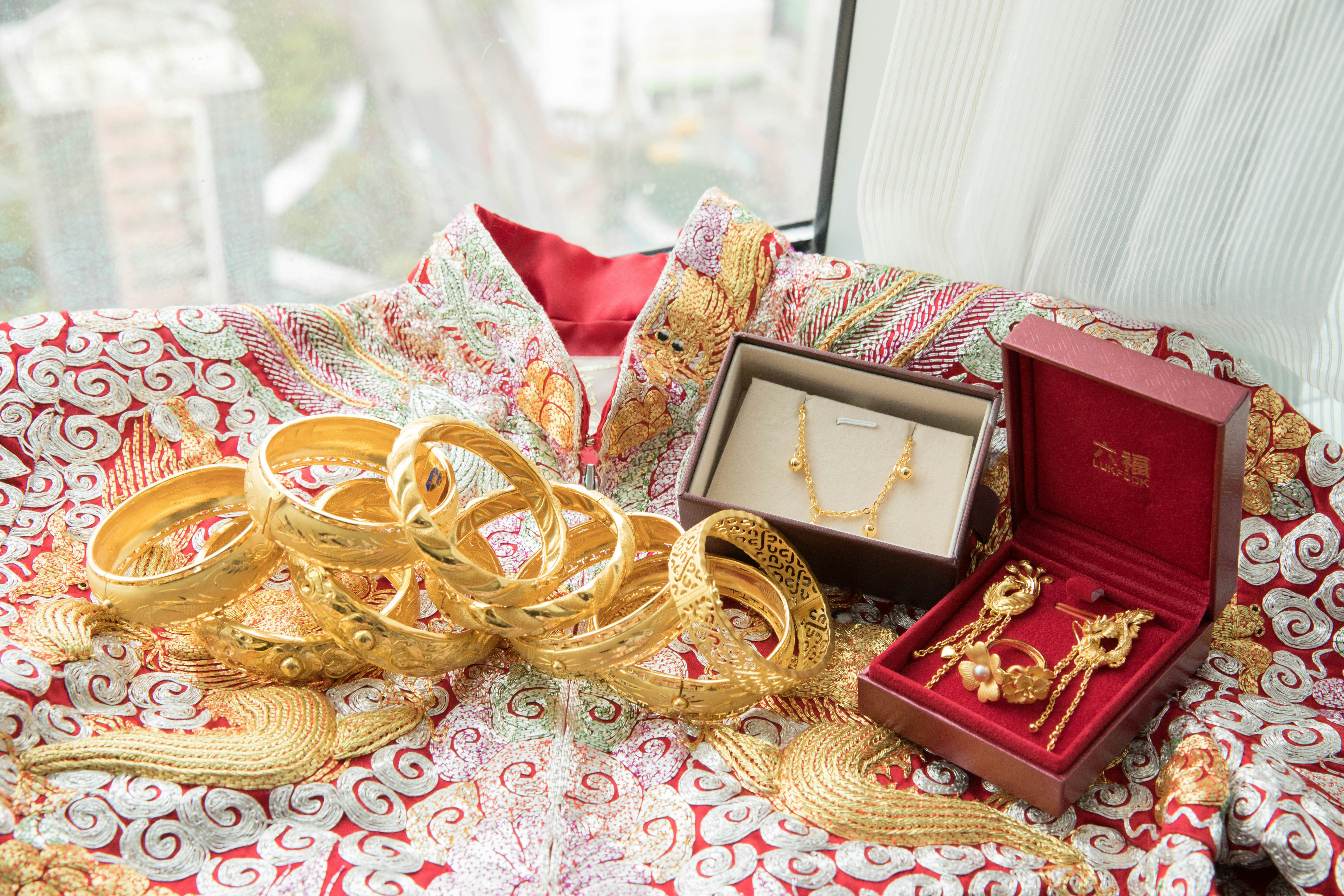Did you know your jewellery isn’t made of pure gold alone? Most pieces are crafted with 22K gold alloys that balance beauty and strength. That’s why your 22K gold bangle or chain isn’t made of gold alone. Jewellers mix gold with other metals. The result is an alloy that balances beauty with strength.
What Is 22K Gold?
- 22K means 22 parts gold and 2 parts other metals. Jewellers create 22K gold alloys by mixing gold with copper and silver.
- In percentage terms, it’s 91.6% pure gold.
- The rest is usually copper and silver.
Why Add Copper and Silver?
- Copper adds durability. It hardens gold so your ring doesn’t bend too easily. It also gives gold a warmer, reddish tone.
- Silver lightens the colour. It softens the deep yellow of pure gold and balances the alloy.
The mix of these two metals creates the bright, wearable gold that most Malayali families buy for weddings and investments. These metals are at the heart of 22K gold alloys, shaping both colour and durability.
How Alloys Affect Your Jewellery
- Strength: A plain 24K gold chain would break quickly. The alloy metals protect it.
- Colour: The final tone depends on the ratio of copper to silver. Too much copper, and the piece looks more reddish. More silver gives a paler yellow.
- Workmanship: Goldsmiths can shape and polish 22K gold more easily than pure gold. When comparing bangles or chains, remember that different jewellers may use slightly varied 22K gold alloys.
Why It Matters to You
When you understand what’s inside your 22K gold, you shop smarter. Understanding 22K gold alloys gives you an edge when buying for weddings or investments. You’ll know why prices differ slightly between jewellers, or why one bangle looks more reddish than another.
This knowledge also helps you compare with other options, like 18K gold, which has more alloy metals, or 24K gold, which is mostly bought for investment.
If you’d like to go deeper, you can also read about:



